
Hazardous Area Industrial Fans: CCCEx Certified with ISO5801 Performance Testing
The fans are made with 304SS with a bead blast finish, all fans are run tested with a 115% overspeed test as well as witnessed performance testing to ISO5801.

The fans are made with 304SS with a bead blast finish, all fans are run tested with a 115% overspeed test as well as witnessed performance testing to ISO5801.
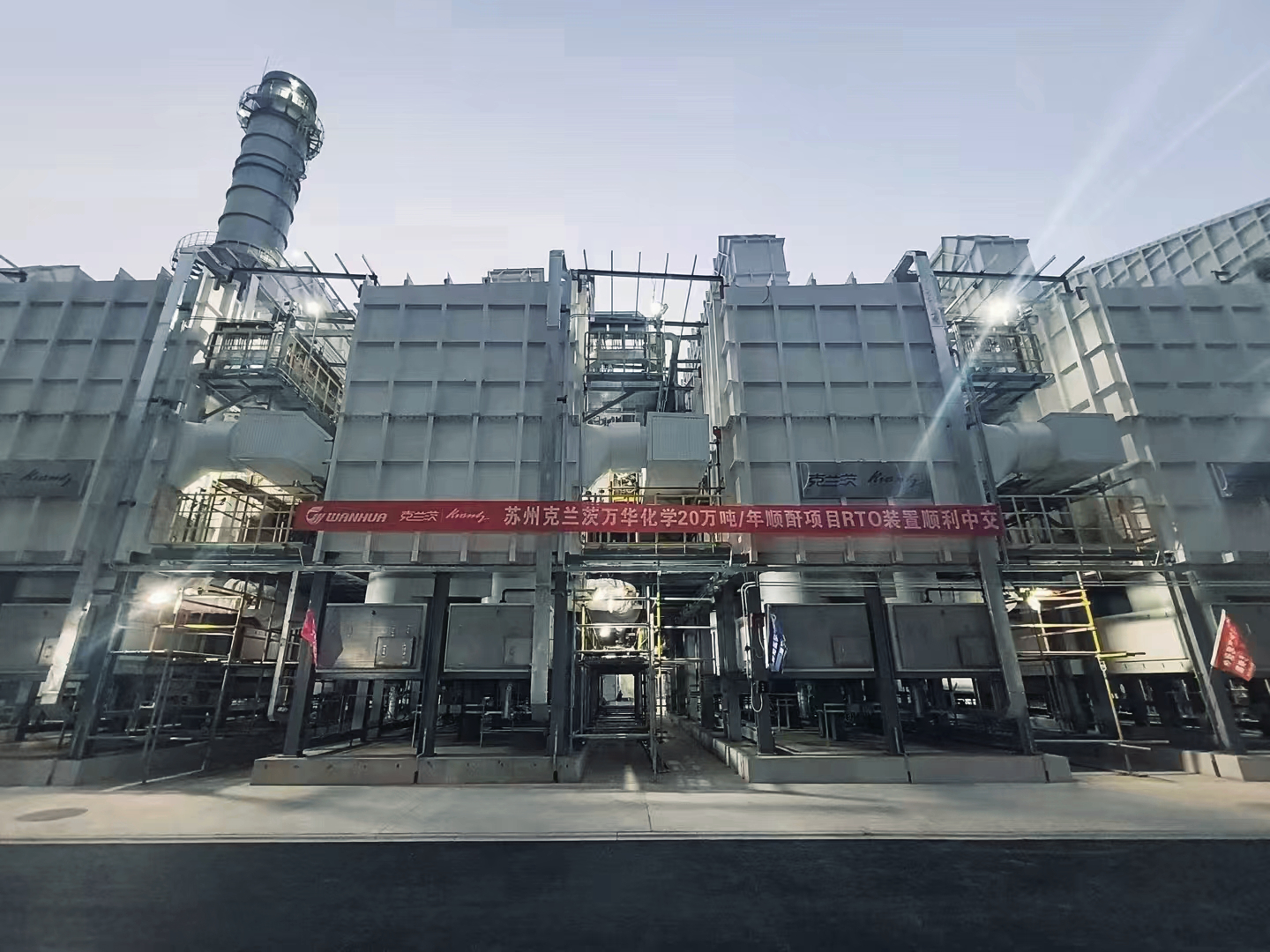
Before shipping, the fans underwent testing to evaluate their performance, noise levels, and endurance
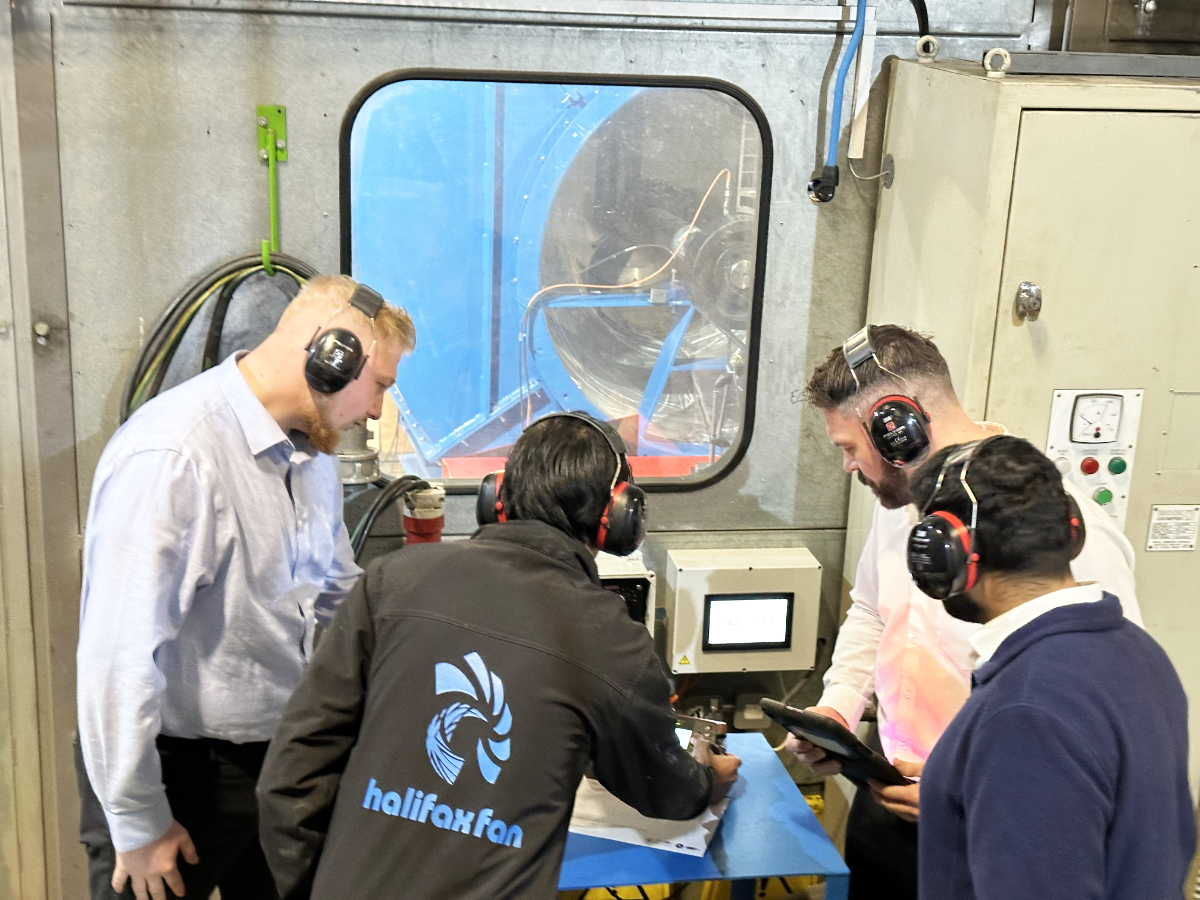
Our testing facility is equipped with several variable speed drives and features a remote monitoring station on the outside of the main test bay.

What a “magnificent five” for this Friday announcement. Four of them are the newest members of the Halifax Fan Club, representing the future of our company and the industrial fan industry.

Total efficiency rate is at impressive 84%.
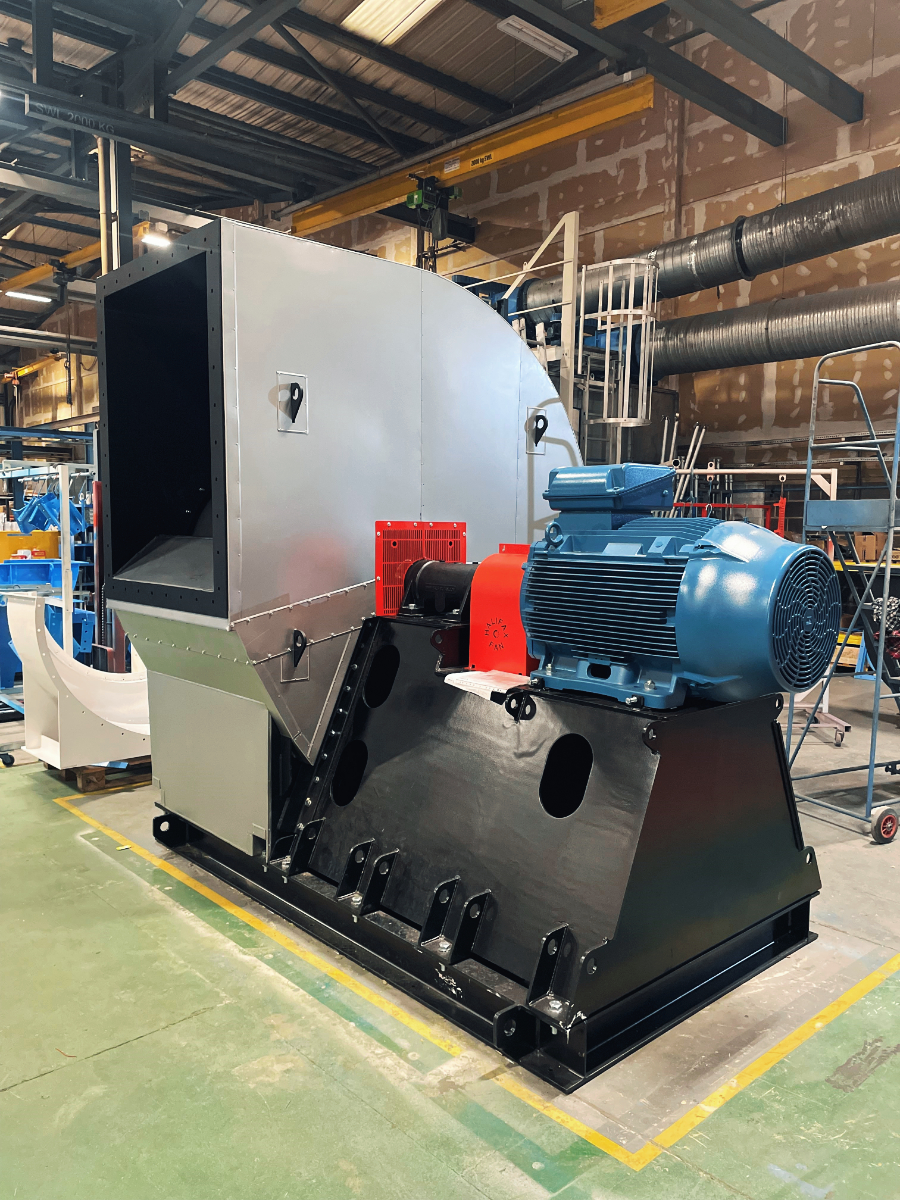
A clad fan designed for coping with the UK winter serves as an exhaust fan for a plasterboard drying oven.

These form part of a larger project heading from our Shenzhen facility to Brazil. Motors will be fitted at location.
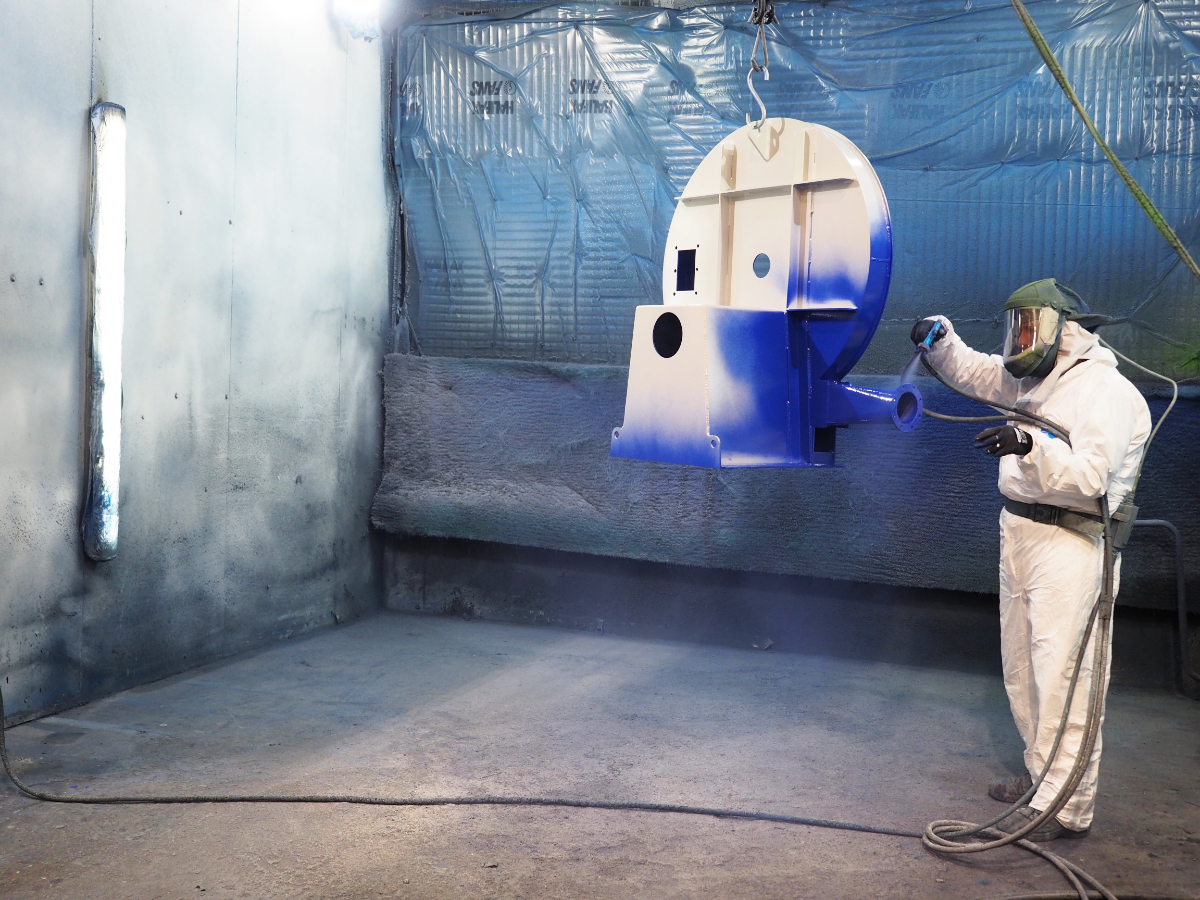
Industrial fans need to cope with extreme levels of humidity, temperature and corrosive environments. To do this Halifax apply high performance protective coatings. Using the latest high performance protective coatings requires specific coating film thicknesses at the application stage.
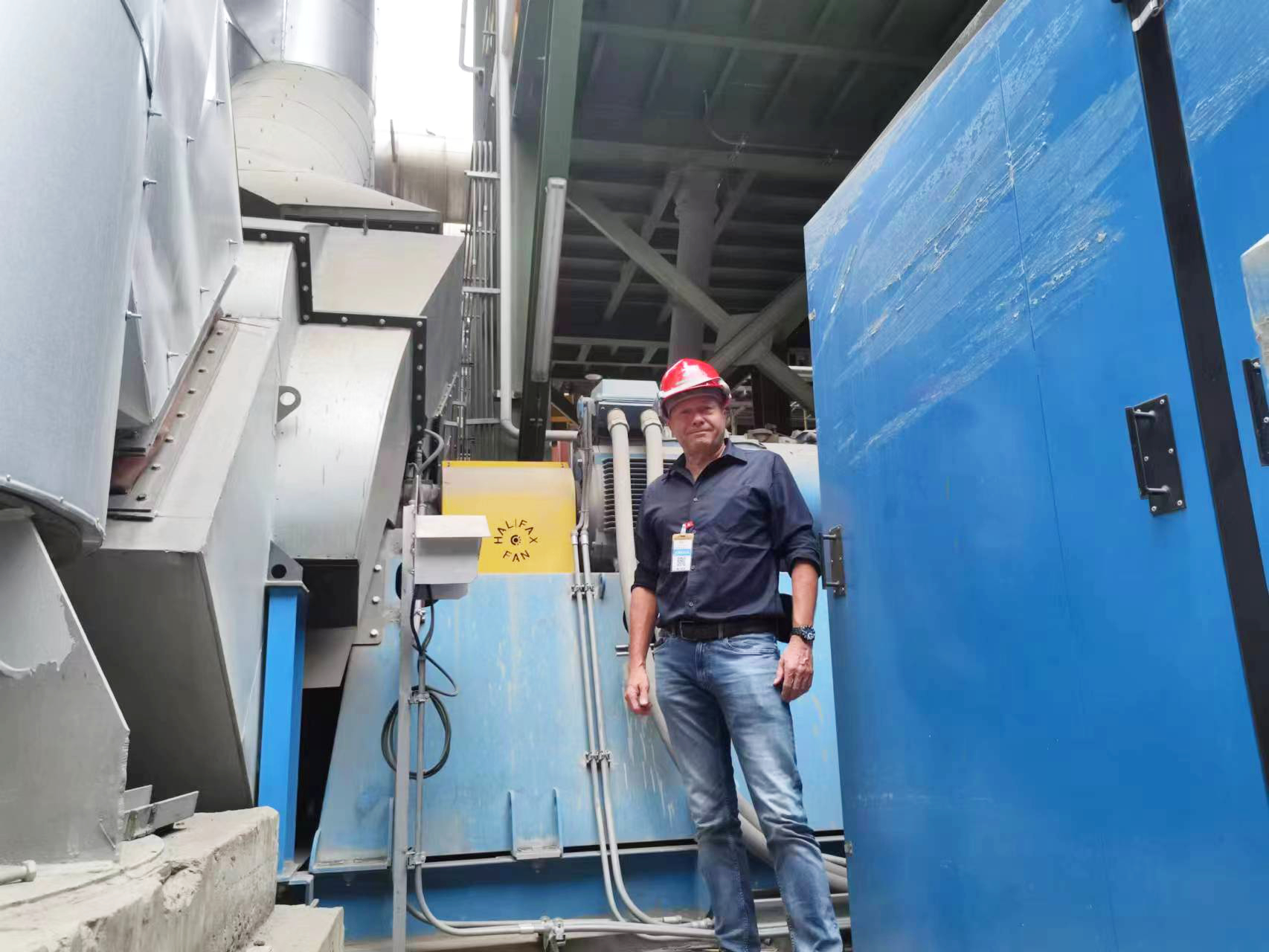
With our extensive industry experience and local manufacturing facilities in China, we have successfully supplied many fans to the cement market in Southeast Asia (SEA).